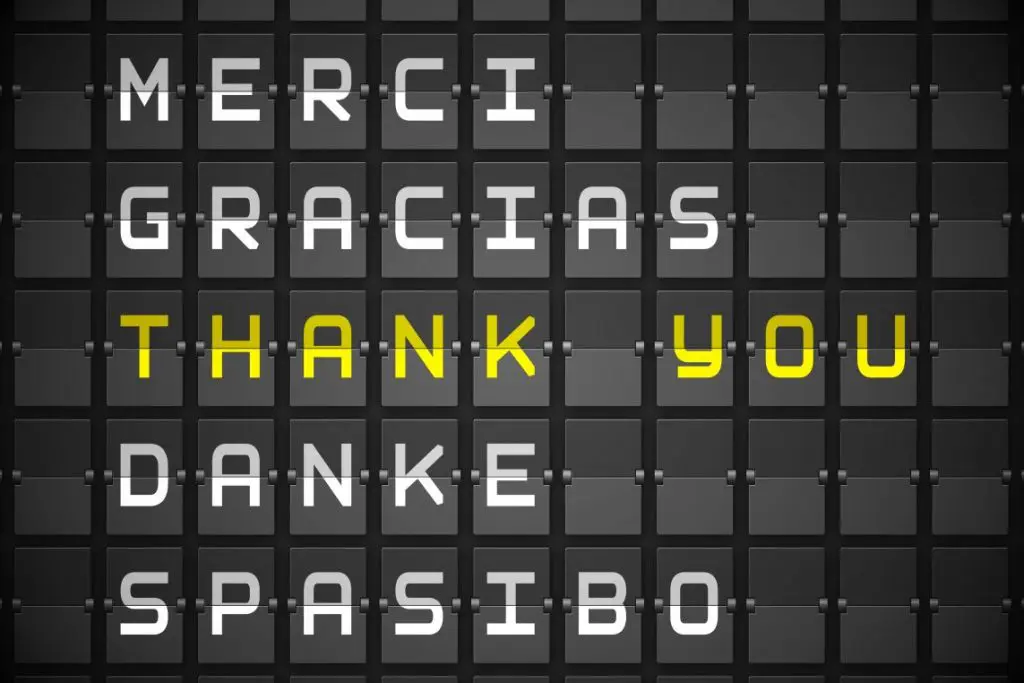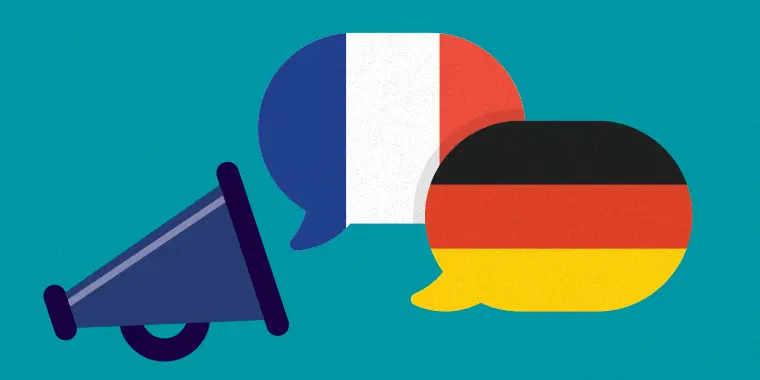German and Danish: Key Aspects of Translation
There are many similarities between these two Germanic languages, but their differences are much more important for translation tasks, so we have decided to highlight three features which are key to translating a text from German to Danish, or vice versa.
-
Nouns
In German, nouns are masculine, feminine or neuter, and this affects the endings on adjectives which refer to the nouns and which article should be used with these nouns. There are two genders for Danish nouns, but they are not those that you would expect, Danish nouns are either common or neuter. Adjectives must agree with these nouns and each gender has its own article (similarly to German). This is a matter to consider in any translations as it is an area where the two languages differ.
-
Symbols
Anyone who is familiar with German is likely to have noticed their use of accents, most commonly through the two dots (known as an umlaut) on the a, o, or u (becoming ä, ö, ü). This affects the pronunciation of the words in question. Danish has a variety of symbols and combined letters which has led to the creation of three extra vowels. Æ, Ø, and Å are all commonly used in Danish, so anyone translating from Danish should keep an eye out for these vowels as they affect the meaning of the word which includes them and carelessness can blur the meaning of a given phrase.
-
Regions
Despite being a relatively small country, there is a great deal of regional variation in the Danish language. Although this is much more noticeable in spoke Danish, it can slip into the written form on occasion, so it is worthwhile to be aware of this. The differences between the German used in Germany itself and in Austria are even more significant, so it is advisable to analyse any German text to figure out whether it is from a German or Austrian author. This will lead to a more accurate translation.
Now that you have had the chance to learn about the issues of translating from German to Danish, and vice versa, why not take a look at our articles on the features of translation with other language pairs.

